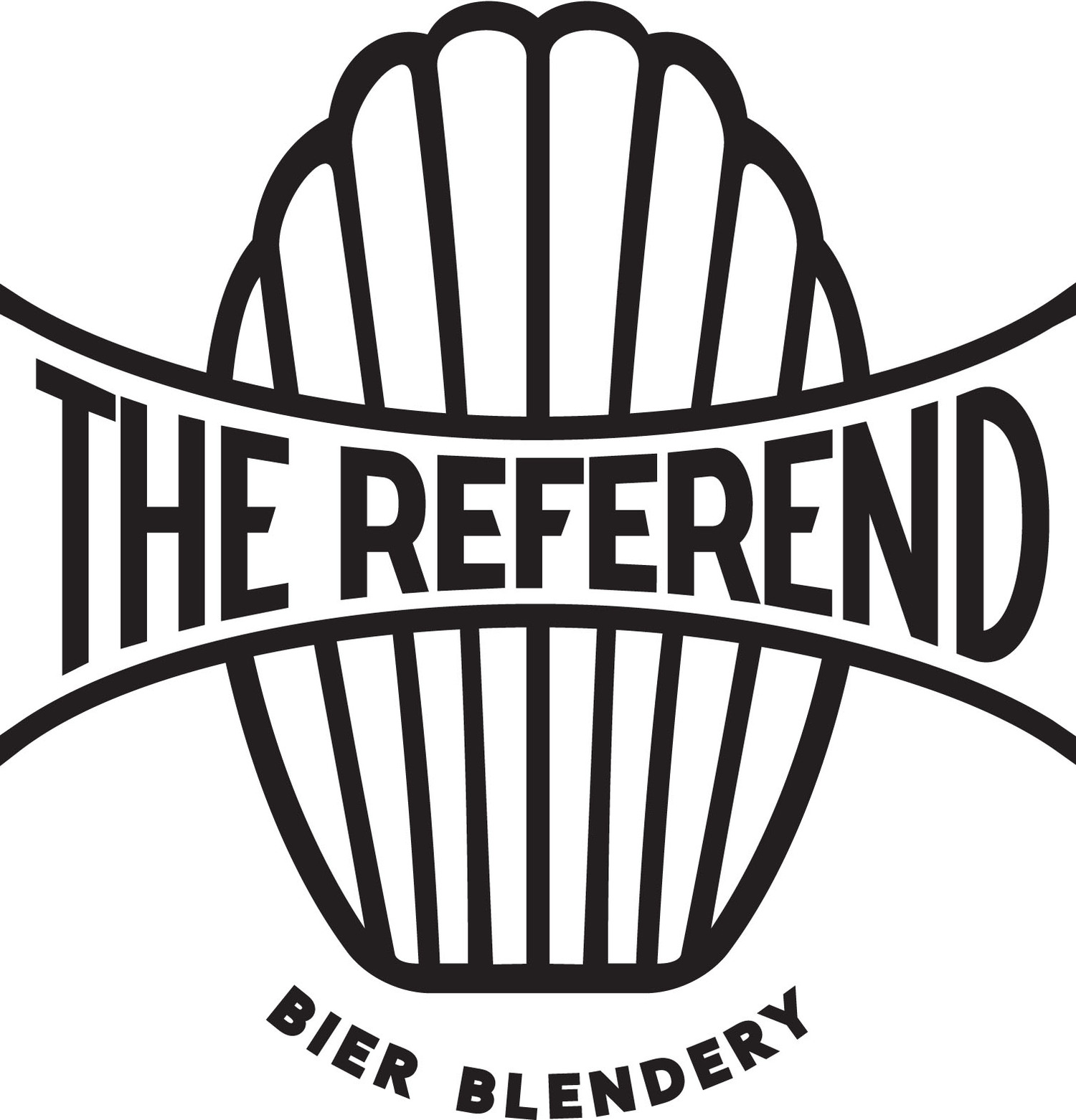Discourse on Method
/“I respected the rules but I decided I must define the traditional in terms of my own world.”
-William Carlos Williams
Jester King Brewery recently announced the abandonment of Méthode Gueuze and Méthode Lambic as identifying marks for breweries practicing lambic production in regions outside of the Senne Valley of Belgium. We were initially very supportive of such terminology, feeling that it was the most literally apt designation for those of us producing beer in the manner of the lambic breweries and blenderies of Belgium. At the outset of The Referend’s conception, in fact, we fully intended to brand any such beer as Méthode Lambic. It figured prominently into our first web pages, until we were courteously admonished for using the term “lambic,” regardless of qualifier, by a Belgian colleague in 2015.
Ever since, we’ve been weighing our options. HORAL (a federation of lambic brewers and blenders) has no legal protection restricting the production of “gueuze” or “lambic” to any geographical appellation. Further, across America and Europe, the terms “gueuze” and “lambic” denote an artificially flavored/sweetened and pasteurized product more frequently (by volume) than one of ancestral tradition. This makes any argument of confusion in the marketplace hard to swallow.
Still, if these producers—who have among them good friends and our earliest influences—wish that no one use the terms “lambic” or “gueuze” for beer brewed elsewhere in any setting, then we in turn wish to respect that.
With regards to method, 100% of our beers are turbid mashed with raw wheat, aged-hopped, coolship-cooled, and fully spontaneously fermented in oak barrels. When differentiation and specificity requires (timing, quantity) of the above, we differentiate, we specify. When we go to these lengths to create the most natural beer possible, it is in our best interest to be completely transparent about method at all times.
Jester King, as a brewery, has been more transparent about method than possibly any other, frequently publishing recipes, production techniques, and quantitative analyses of their beers. It is understandable that they would wish to protect this pinnacle of natural beer production in some manner from those who might do less and capitalize upon the success of others.
The solution presented after months of deliberation is Méthode Traditionelle, a full phrase borrowed from the wine world, which genericizes the bottle refermentation process originated in Champagne. It means, pretty plainly, Traditional Method, which unlike Méthode Lambic/Gueuze is devoid of any clear meaning. What tradition? Whose tradition? And must we be beholden to just the one in pursuit of making natural beer? There are wild beer traditions the world over. There is non-interventionism and spontaneous fermentation in the production of some wines, some ciders, some foods.
Further, Méthode Traditionnelle already has a meaning in an adjacent market, and it consists most completely of the full bottle refermentation through riddling and disgorgement, neither of which has anything to do with spontaneously fermented beers in common practice.
“We are no longer in the time of the Flemish Renaissance, when painters’ guilds levied fines and various punishments not only on members who had shown carelessness in executing a painting, but even on those who had incompletely wiped their palettes or poorly cleaned their brushes.”
Then there are the “Standards” to be followed:
In the interest of transparency, our beers follow these, with the following exceptions:
-The entirety of the Berliner Messe line (never intended to fully follow lambic brewing techniques) frequently has an ABV below 4%, is boiled between 15 minutes and 1 hour, likely frequently contains fewer than 10 IBU, spends between 3 and 6 hours in the coolship, is pumped into the coolship at 210F and cooled until 125F, is spontaneously pre-acidified (by naturally occurring microbes) below 4.4 pH
For our other beers, the beers in question:
-The turbid decoction is not always boiled, but sometimes separated and heated (but not to a full boil)
-The wort is sometimes boiled 5 or more hours
-Cooling time in coolship occasionally exceeds 16 hours
-Wort (or beer) is occasionally racked into charred oak (i.e. whiskey barrels)
So yes, “I respected the rules but I decided I must define the traditional in terms of my own world.” My own world is not solely contingent upon replication of lambic. To subscribe to one traditional method is to entrench oneself in another’s past, to be unable to make it new, to divorce oneself from the other traditions afforded to us.
There is a curious word, aufheben, which Hegel notes, “has in the German language a double sense: that of preserving, maintaining, and that of leaving off, bringing to an end.” As practitioners of brewing spontaneously fermented beer, we by nature preserve and maintain the proud tradition of Belgium’s traditional lambic beers. It is equally imperative that we leave off, exploring other traditions as inspiration and experimentation dictate.



